One of the most fascinating transformations in nature is the change a caterpillar undergoes to become a butterfly. Small, wriggly caterpillars hide within a chrysalis and emerge as a winged butterfly. Butterflies may be the most well-known insect to undergo metamorphosis which is Greek for transformation or change in shape.
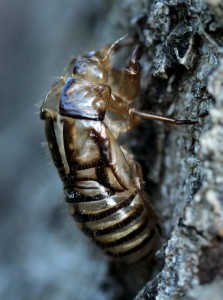
An insect’s exoskeleton can’t stretch or grow so as the insect grows it sheds (molts) its exoskeleton several times.
Many other species undergo metamorphosis including other insects, clams, crabs, most frogs, jellyfish, starfish and some regular fish. However, they all don’t execute the process of metamorphosis the same way.
There are two types of metamorphosis for insects: incomplete and complete. Immature species that undergo incomplete metamorphosis (also called simple metamorphosis) look similar in appearance to adults only smaller and without wings. Immature species that undergo complete metamorphosis look completely different than the adult form (like caterpillars and butterflies).
Another difference between incomplete and complete metamorphosis is the eating habits and habitat of the young and adults. Both young and adults that undergo incomplete metamorphosis eat the same food and live in the same place. Whereas the young that undergo complete metamorphosis eat different foods and live in different habitats than adults so neither competes with each other.
First let’s focus on incomplete metamorphosis which has three stages: egg, nymph and adult. Once the egg hatches, the young (called nymphs though some aquatic larvae are called naiads) look like small adults without wings. Some common insects that undergo incomplete metamorphosis include grasshoppers, crickets, dragonflies, lady beetles and cockroaches.
As the nymph grows, the exoskeleton (external covering that provides support and protection) becomes tight and is replaced by molting. Generally insects push outwards until a longitudinal split occurs in the middle of the thorax. Then they emerge from the old exoskeleton (called the exuvia). The new “skin” that was underneath the old exoskeleton begins to harden and forms the new exoskeleton.
Molting is a dangerous time for invertebrates because they are unable to move effectively and are without armor until the new exoskeleton hardens. Some invertebrates like millipedes create special chambers in which they molt, while others find hiding spots.
The number of molts varies depending on species. Mayflies molt 10 to 50 times while dragonflies molt around a dozen times.
The stages between molts of the exoskeleton are called instars or stadiums. The length of the larval stage depends on temperature, food availability and other factors.
Dragonfly nymphs that live in the tropics complete the larval stage within a month whereas those living in cold mountain lakes may take several years to complete the larval stage by finishing one to two instars each summer.
Molting continues until the nymphs or naiads attain adult size. During the last few instars, major changes occur within the body of some naiads to prepare them for adulthood yet the insects remain active.
In dragonflies and damselflies, wings begin forming inside wing pads extending back from the thorax during the last few instars. The wing pads become more prominent until they are bulging.
When a dragonfly or damselfly is ready for its last molt, it stops feeding, switches to aerial respiration (the larvae are aquatic) and leaves the water. The larva then fixes itself to a substrate, expands its thorax until it splits and emerges from the larval exoskeleton. Similar to other molts, the new exoskeleton begins to harden. The accordion-folded wings begin to fill with fluid transferred from the body and unfold. Once the wings are open, the fluid is pumped back into the abdomen and the adult flies away.
The transformation from a weird-looking aquatic larva to a shimmering dragonfly is just as impressive as a caterpillar transforming into a butterfly which I’ll write about next week.

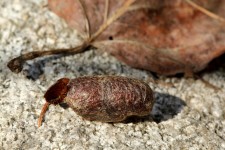
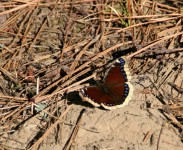
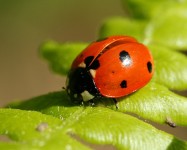
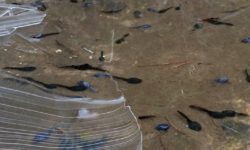
Are there roadrunner around rather and hayden?
Hi Kent,
According to The Cornell Lab of Ornithology, roadrunners are found in the southwest and south-central United States. Around Rathdrum and Hayden, a similiar-looking bird would be the female ring-necked pheasant with her patterned, golden-buff plumage.
Laura
I found a shed just like the one in the picture. I’d love to know what it is???